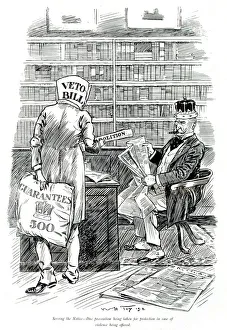Abolition Collection
Abolition, a powerful movement that sparked change and challenged the status quo
All Professionally Made to Order for Quick Shipping
Abolition, a powerful movement that sparked change and challenged the status quo. It was fueled by individuals like Benjamin Lay, who in the mid-18th century stood against slavery with unwavering determination. His actions spoke volumes as he used his own body to symbolize the suffering of enslaved people. Fast forward to 1863, where "Waiting for the Hour" captures the anticipation and hope of those fighting for freedom during the American Civil War. This poignant image, created by unknown artists like William Tolman Carlton, serves as a reminder of the resilience and bravery displayed by abolitionists. The Wedgwood pendant K010303 is not just an accessory; it represents a symbol of unity among abolitionists. Its design depicts a kneeling African man begging for his chains to be broken - a plea echoed by countless others seeking liberation from bondage. In Kansas during the 1850s, tensions ran high between Free Soil advocates and pro-slavery forces. The conflict showcased how deeply rooted abolitionism had become in society as both sides fought fiercely for their beliefs. The haunting image of a slave-ship hoisting sail in the 1800s reminds us of the horrors endured by millions during their forced journey across treacherous waters. It stands as evidence that abolition was not just about words but also about dismantling an entire system built on human suffering. John Brown's daguerreotype portrait captures his fierce determination to end slavery at any cost. A prominent figure in American history, Brown's actions would eventually lead him to sacrifice his life for this noble cause. The passage of the 13th Amendment in 1865 marked a monumental victory for abolitionists worldwide. This historic moment brought an end to legalized slavery within America's borders and paved the way towards equality and justice. However, opposition remained strong even amidst progress. Pro-slavery posters circulated throughout Kansas during this time period served as reminders that there were still many who vehemently defended the institution of slavery.

















